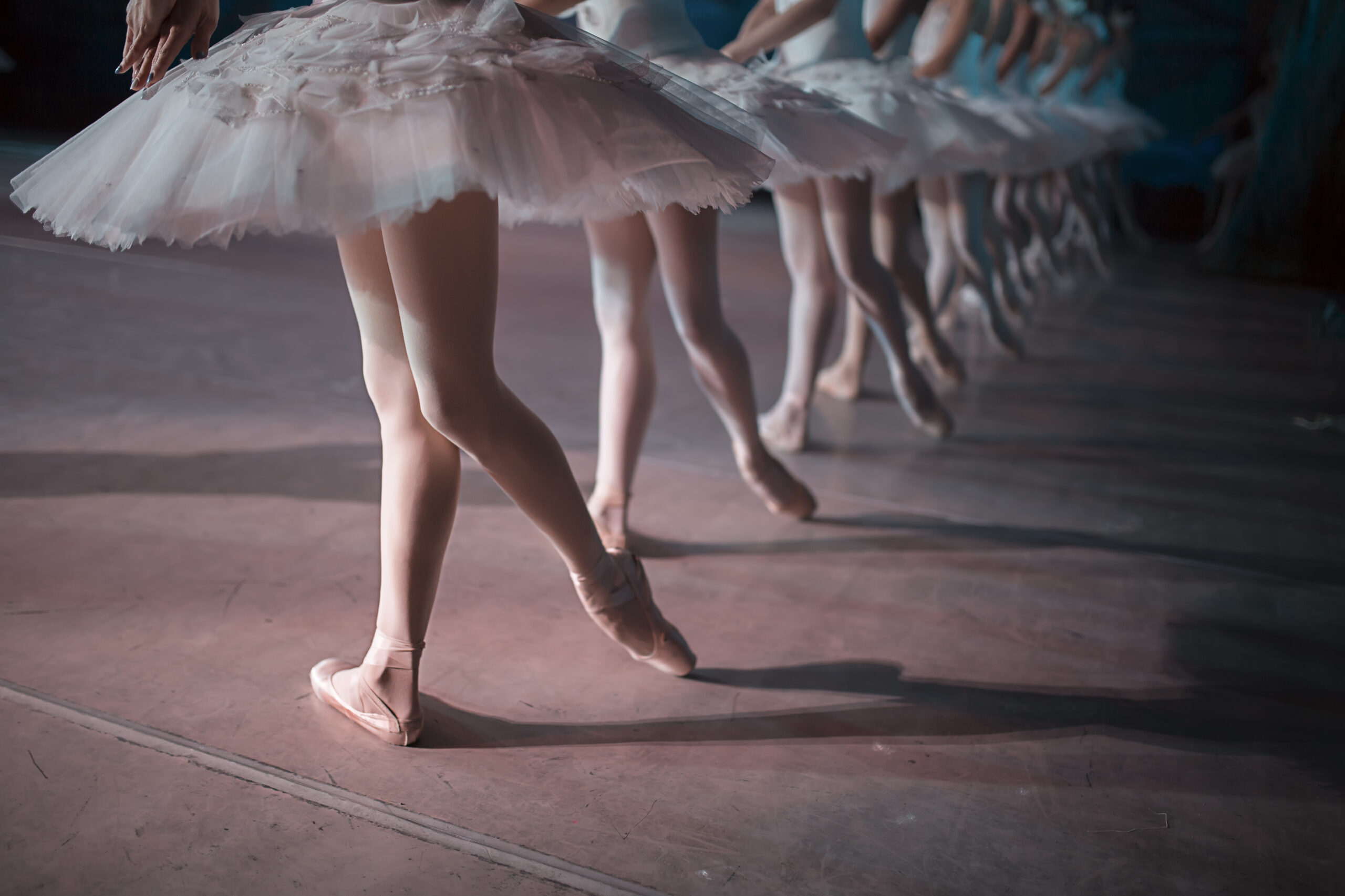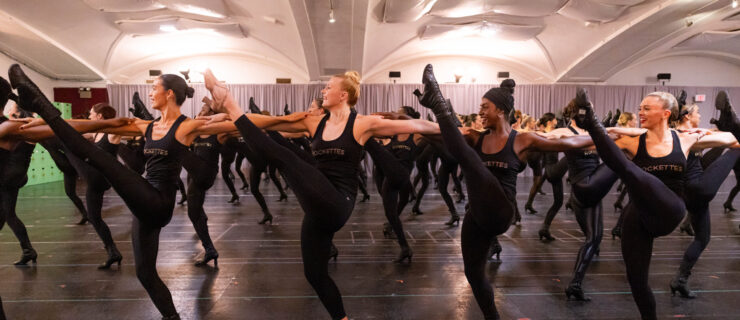Op Ed: What’s Possible in Writing About Ballet?
How do we respond to recurring accounts of an acclaimed choreographer’s damaging relationships with dancers, especially women? Recent podcasts (Erika Lantz’s The Turning: Room of Mirrors) and books (Alice Robb’s Don’t Think, Dear) have contributed to a narrative that’s been emerging for decades: Throughout his career, George Balanchine employed power dynamics that controlled and hindered some dancers’ choices and opportunities.
On April 5, 2023, The New York Times published a response, “Finding Freedom and Feminism in Ballet. (It’s Possible.),” by dance critic Gia Kourlas. In promoting Balanchine’s choreography as a practice of “freedom,” Kourlas fails to address multiple experiences detailed within these two works and beyond of people who witnessed in- and out-of-studio practices that harmed women.
In noting what she calls a “myth” of ballet as “suffering, pain and blind subservience to patriarchal leaders,” Kourlas supports a system that has historically ignored the first step to ending abuse: Believe the survivors’ stories. Far too often, women in ballet have been disbelieved, gaslighted, judged, or blamed for the harms inflicted on them by their abusers. Kourlas continues this trend, but attaches these behaviors to words like “feminism” and “freedom” in a way that diminishes them.
Other authors have approached the same subject with more nuance. Throughout her book, Robb acknowledges the ways that women, historically and currently, have sought Balanchine’s and other men’s approval. Although Balanchine died in 1983, his leadership style has survived through actions and attitudes adopted by some of his protégés and other directors. Such leaders handwave alleged abuses in the name of tradition, excellence, or, as Kourlas phrases it, “freedom,” while continuing to validate the patriarchy and misogyny still rampant in some ballet settings.
The power dynamics at play in ballet are not specific to artistic institutions. It’s dangerous to dancers, as well as to women, female-identifying and gender-nonconforming people, when gendered abuses of power are confused with acceptable working conditions. The Duluth power wheel (used in cases of domestic violence) outlines approaches similar to those that have been used by some ballet directors to isolate and control women.
Perhaps the uncomfortable question is: Can we continue to appreciate artistic works with an awareness of the harm done by their creator? Can we even rely on a single person to hold the answer to this question? Kourlas suggests that we situate histories of abuse in relation to liberatory moments onstage—that we look to the brief moment of freedom a dancer has when performing. But is it really “freedom” if that fleeting success relies on discounting or dismissing the suffering of other women?
Many writers and teachers are wrestling with how to bring attention to ballet’s intersecting racist and patriarchal foundations. For example, Episode 8 of Season 2 of The Turning, on “American Ballet,” examines Balanchine’s statement that a ballerina should be “the color of a peeled apple,” and cites scholarship by Brenda Dixon-Gottschild to analyze Balanchine’s appropriation of other artists’ (Katherine Dunham) and communities’ (jazz and tap dancers) steps and styles.
There’s a wealth of women in leadership roles as choreographers and directors who are advocating for women’s rights and questioning/dismantling institutional norms, even within New York City Ballet. In an April 18 New York Times article, Virginia Johnson, outgoing director of Dance Theatre of Harlem, says ballet “is a living art form that needs to be true to the time that it lives in.” If the reduction of women, dancers of color, and especially women of color to lesser-than status was acceptable in ballet in the 20th century, these gendered and racialized biases must shift in the 21st.
As a critic for the New York Times, Kourlas holds the power to shape these histories and narratives. Our past continues to inform the present, and we should invest in respectful treatment for all dancers to pursue collective freedoms within and beyond ballet.
Rebecca Chaleff is an assistant professor at SUNY–University at Buffalo; Michelle LaVigne is a senior lecturer at Cornell University; Kate Mattingly is an assistant professor at Old Dominion University.




